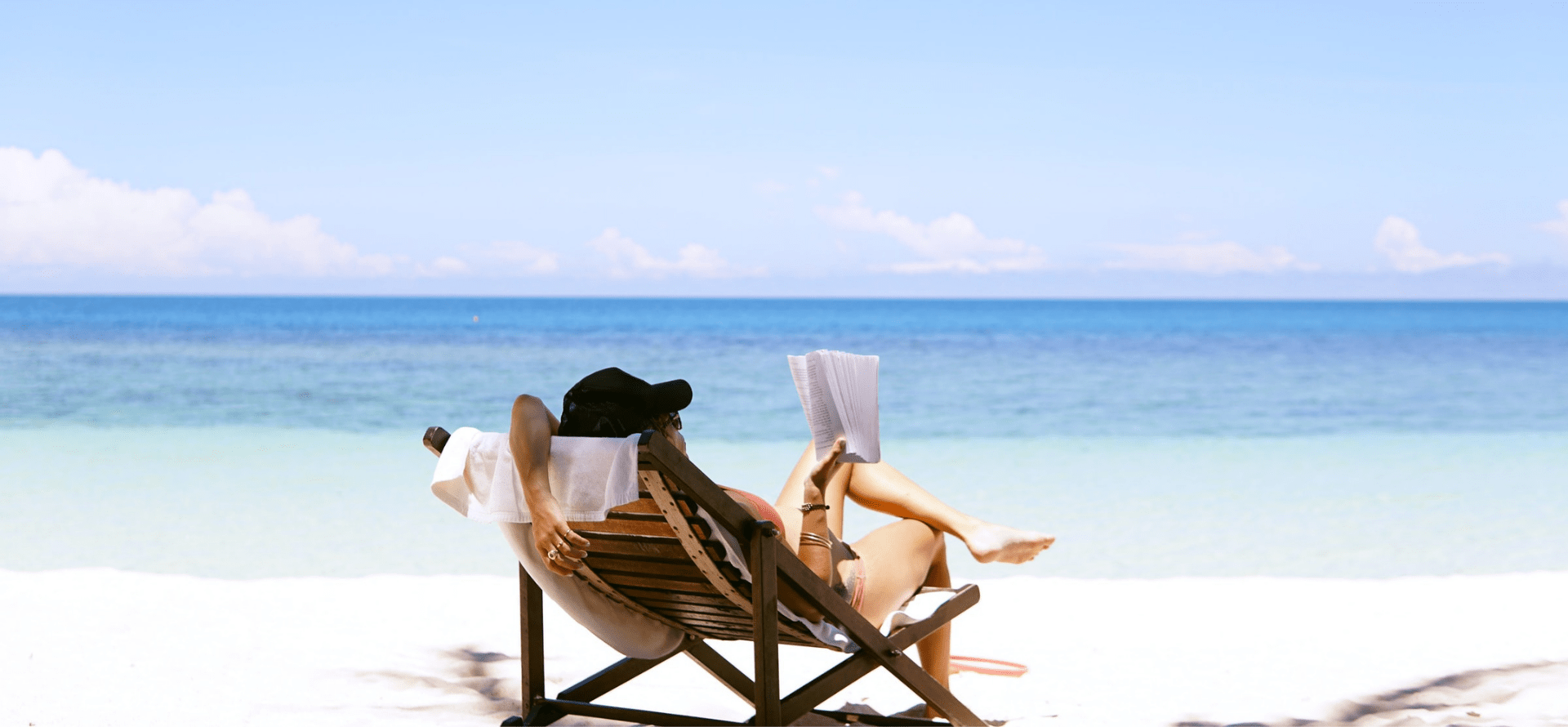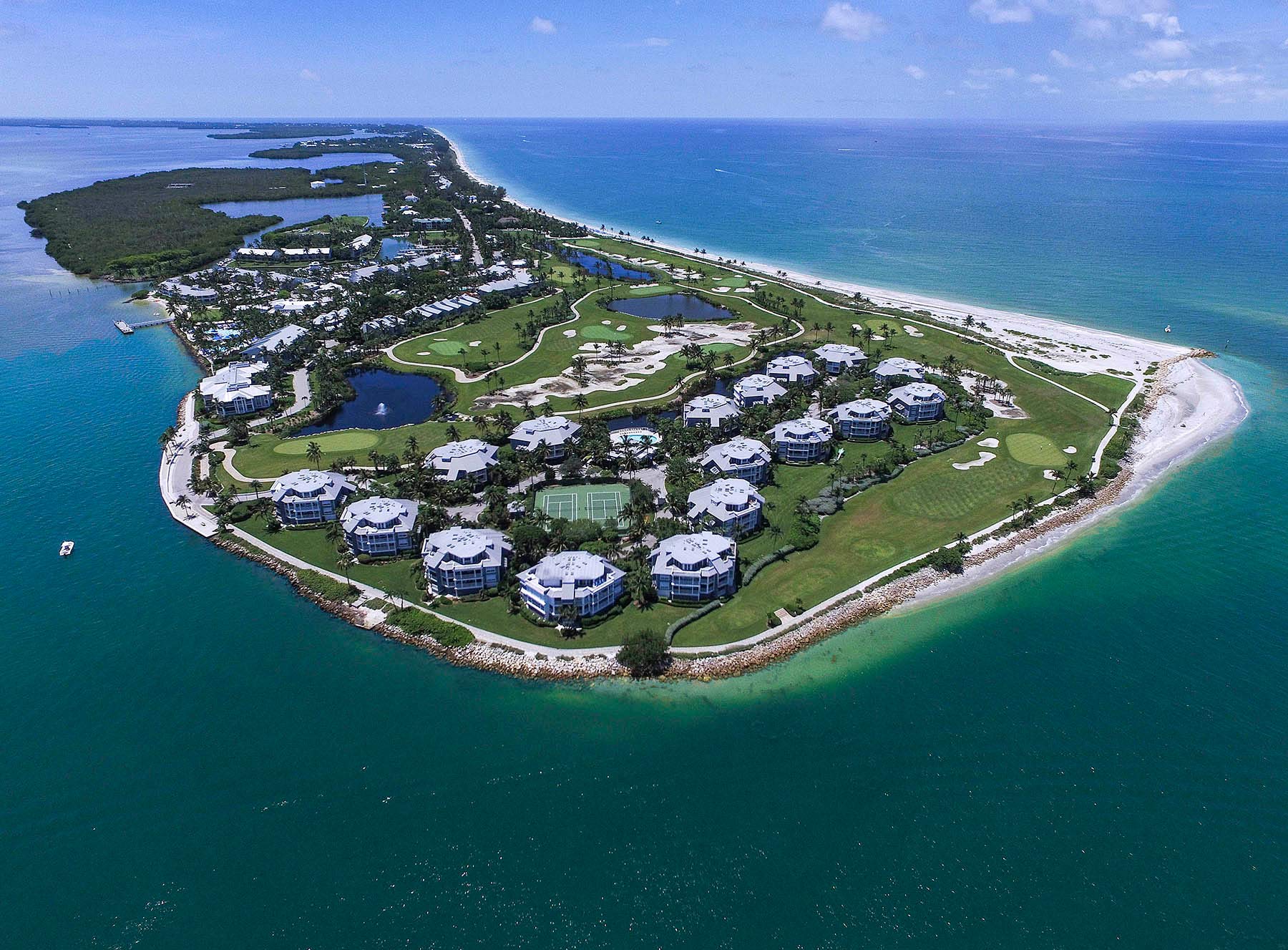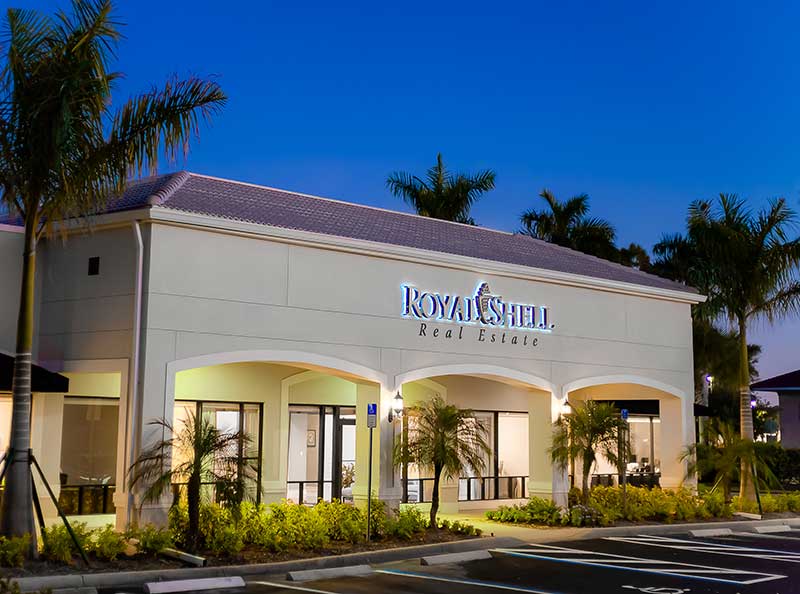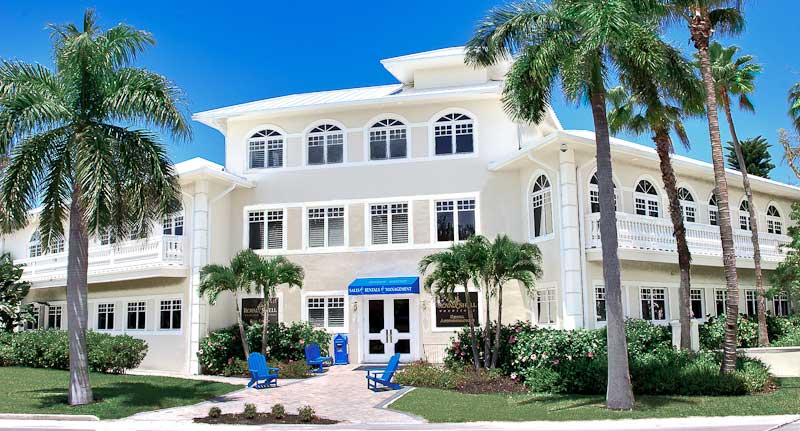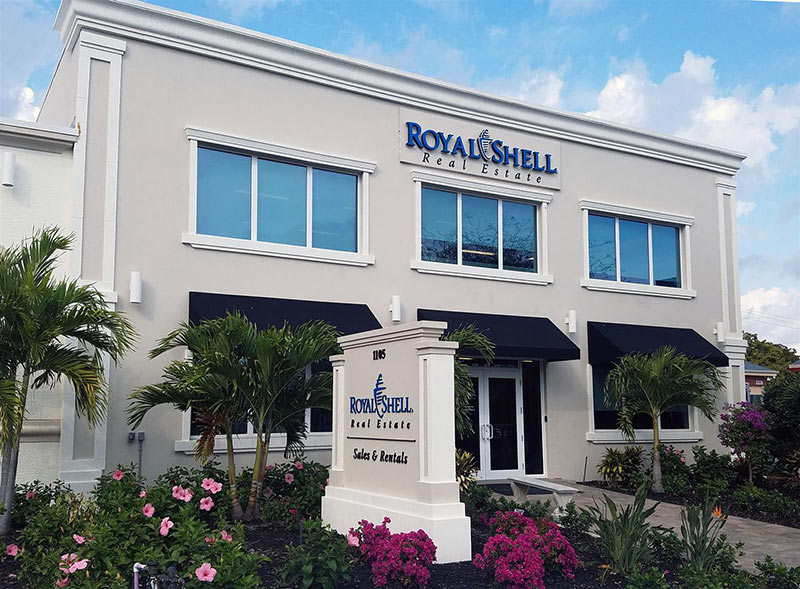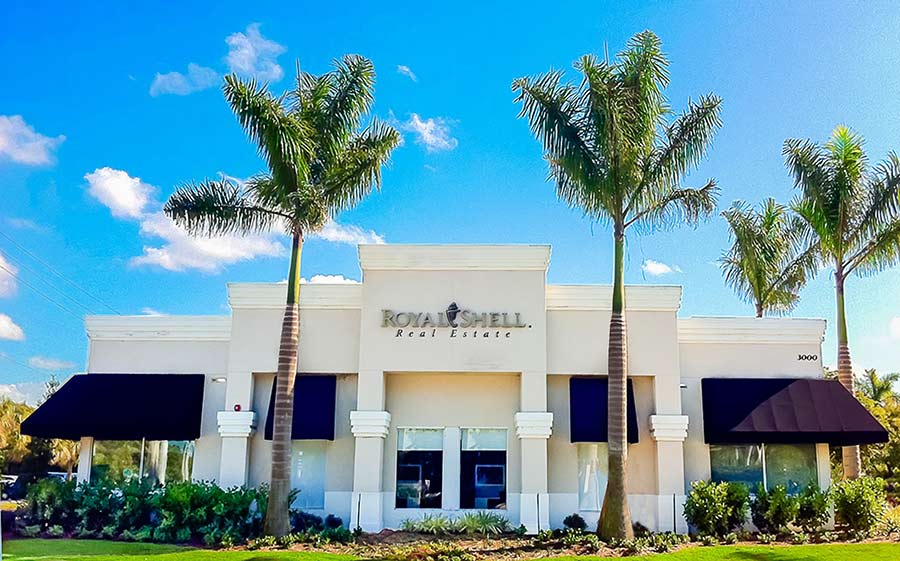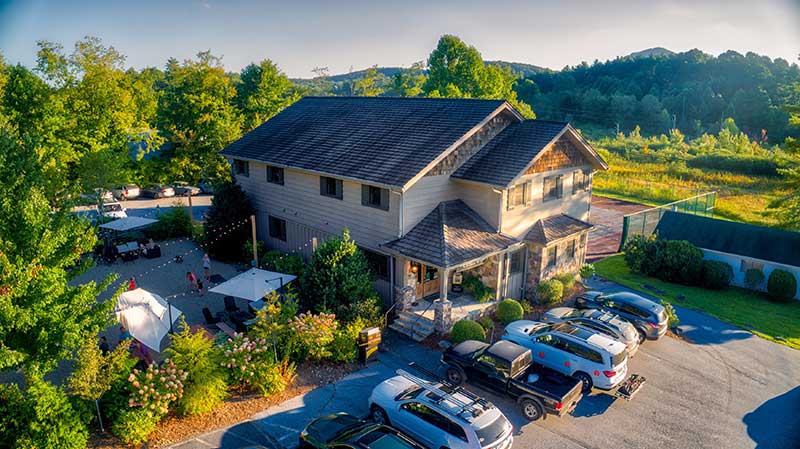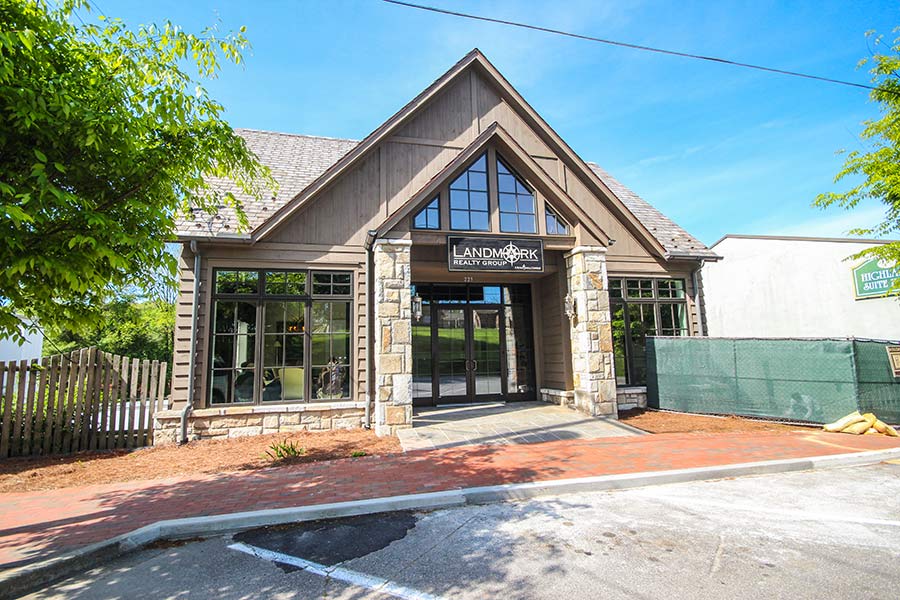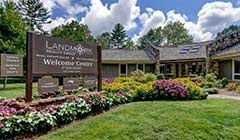It’s easy to understand what is shelling. In Sanibel Island and the rest of Southwest Florida, shelling is combing the seashore and beach, looking for the perfect seashells. The seashells are collected, cleaned, and returned home as a perfect souvenir of your time on the beach.
What is Shelling, and Where is the Best Place to Go Looking for Shells?
No two beaches are the same, and no two shells are identical. When they wash up on the beach, they will be gone the next. That’s part of the allure and attraction of looking for seashells.
So, what is shelling? Simply put, it’s part luck, science, and magic.
The geography of Sanibel Island makes it the perfect spot to find unique shells. Sanibel is shaped like a dolphin and curves perpendicular to the coastline. The southern currents help all kinds of shells wash up on the island. The east-west torque of Sanibel’s southern tip also acts like a shovel and scoops up beautiful seashells the Gulf of Mexico brings from all over the world and deposits on the islands’ shores.
Sanibel Island is an easy drive from Fort Myers and the Southwest Florida International Airport. Sanibel is connected to the mainland by a causeway over the water. The drive from Sanibel Island to Captiva Island, another paradise for seashells, takes about 20 minutes.
Lighthouse Beach on Sanibel is known for smaller shells, but the selection sometimes gets bigger as you work your way along the coast. If you’re after larger seashells, head to Captiva’s north end. Also, check Sanibel’s Blind Pass Beach or cross the bridge over the pass to Turner Beach on Captiva’s south end.
Looking for shells is so popular it even has a special name. If you see someone bent at the waist to pick up a seashell, that posture has been affectionately named the “Sanibel Stoop.” The stoop is a popular sight on the islands and a rite of passage.
Tips for Shelling
Shelling is serious business on the Gulf Coast. Locals live by it, and some vacation yearly to look for seashells.
Don’t be intimidated—anyone can go shelling. Try it out on the best Captiva Island beaches. Selling is a must on a vacation trip to Sanibel Island.
Here are Some Tips for Amateurs to Seasoned Professionals
- Low tide is best. The best time to go shelling is early morning in the summer during low tide.
- Shelling requires a lot of patience. Common shells are easy to find. But, you’re not likely to find all the seashells you hope to find on the same beach or day.
- Make sure your shells aren’t inhabited. Seashells are made by mollusks, which are live animals. Taking live shells away from Florida beaches is illegal. This includes sand dollars, sea urchins, and starfish.
- Look up the tide. For optimal shelling, get to the beach an hour before or an hour after low tide. Go shelling after strong winds or storms for the best chance to find rare seashells. View information on Local Tide Charts.
- Learn about seashells. Make sure you know what you’re finding and what you’re looking for. You can also take your shells to the Bailey-Matthews National Shell Museum for help with identification or check their website.
- What do the locals know? Different shells can be found on different beaches at different times. The Shell Museum has expert “Shell Ambassadors” on Sanibel and Captiva beaches. They can be seen wearing t-shirts identifying themselves as such.
- Consult your Royal Shell playing cards in your welcome packet. The card will tell you what kind of shell you’re looking at, and the picture in the center will help you identify them if you spot them on the beach.
- Bring a bag. Mesh bags are preferred because they are reusable and washable. You can find them at most local shops.
- Be prepared for long days on the beach. Good shelling takes time and is addicting. You’ll spend the whole day going from beach to beach, finding the perfect treasures. You’ll also want to wear sunscreen, drink plenty of water, and bring bug spray!
- Clean those seashells. The last thing you want to do is bring home a bag of stinky shells. Soak the shells in equal parts bleach and water.
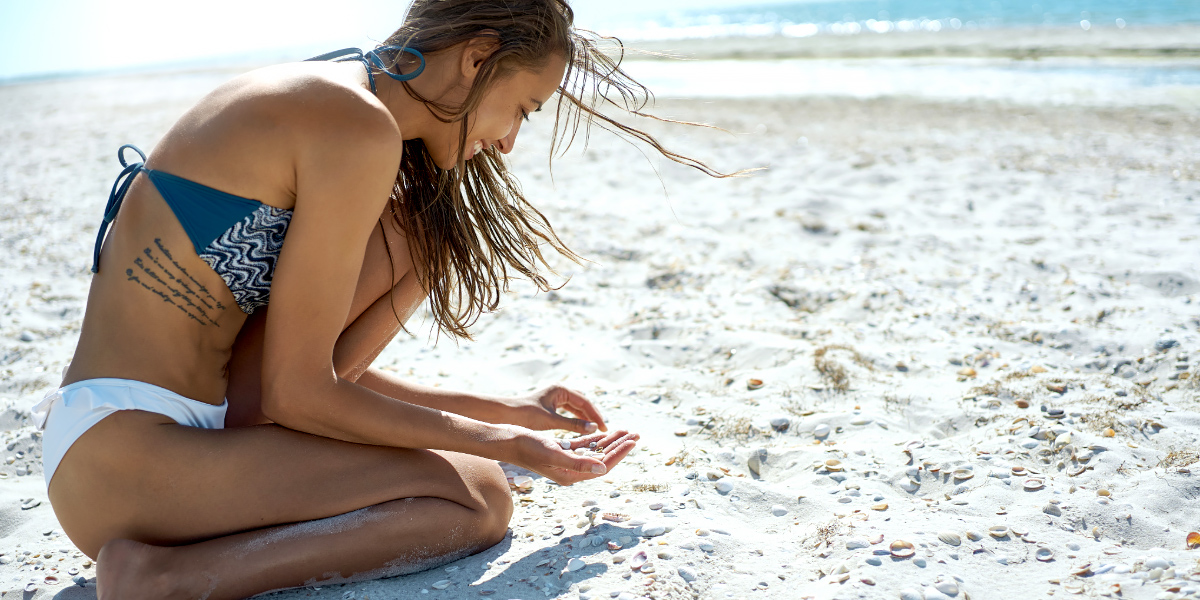
When is the Best Time to Go Shelling?
Shelling is best after a storm when the ones hidden in the water are tossed ashore. Low tide is also ideal, as it leaves more shells exposed. Tides are essential in shelling, so pay attention to full and new moons. That’s when tides are at their highest and lowest levels, and shelling should also be good.
What Time of Year is Best for Shelling in Southwest Florida?
While you can go shelling year-round in Southwest Florida, two times are generally considered the best:
- Fall (October & November): This is when tides tend to be lowest, exposing a more expansive stretch of beach. You’ll increase your chances of finding shells.
- After storms: Storms can churn up the ocean floor and deposit a fresh bounty of shells on the shore. So, if you’re flexible with timing, consider planning your shelling trip after a storm.
Additional Tips for Finding the Best Shells:
Go in the morning — Tides are typically lowest in the morning, and the usual overnight high tide washes new shells ashore.
Look around new or full moons — These moon phases create the most dramatic tides, potentially bringing in more shells.
Target specific areas — Different types of shells prefer different habitats on the beach. For instance, moon snails are often found near the waterline, while whelks favor deeper water.
How Do I Go Shelling?
To go shelling, you must bring a few things with you. You’ll need a bucket, a plastic or mesh bag, and a scoop. You’ll want to shuffle your feet to expose hidden shells, so wear beach-appropriate shoes.
Shells Come in Two Varieties
- Gastropods have a single shell. Species include lightning whelk shells, worm snail shells, olive shells, and conch shells.
- Bivalves have only one shell but contain two hinged parts connected by a ligament. Shells include clams, cockle shells, and scallops.
A mollusk, the animal that used to call the shell home, made an empty shell. Gastropods grow shells at the aperture (the opening), and bivalves grow along the margins (the edges).
Special glands create color pigments. It creates the intricate patterns and color combinations we all know and love.
What do Mollusks Do?
Mollusks are beneficial to the environment. They keep the sand in place and restock it as waves and other forces crush them. They also become food for fish and birds, or homes for other small marine life. Additionally, as certain kinds of mollusks scavenge and filter, they help clean the water.
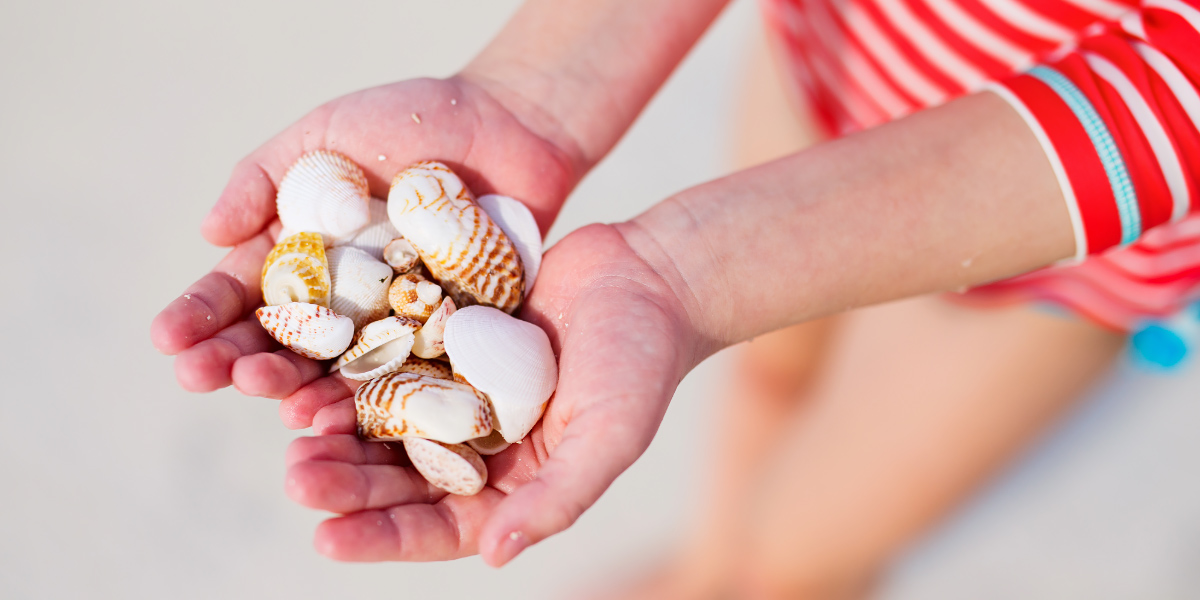
History of Shelling
For many people around the world, shells are woven into cultures and religions, or they make up a place’s foundation.
Sanibel Island and Captiva Island are made from seashells. The Calusa, or “Shell Indians,” who lived in the area thousands of years ago, used shells as jewelry and tools. They even made shell mounds, forming today’s highest elevations on some Florida islands. Sanibel Island has a shell festival each year to honor these precious treasures.
What types of Shells are in Southwest Florida?
Southwest Florida is a haven for shell collectors. Thanks to its warm waters and various habitats, it offers a diverse range of shells. Here are some of the most common types you might find on your shelling adventures:
Conch Shells
Undoubtedly the most recognizable, Conch shells come in various shapes and sizes. The Florida Horse Conch, the state shell, is a prized find with its large spiral shell. Fighting Conchs are also abundant and have a thicker, more colorful shell.
Cockle Shells
These heart-shaped beauties are some of the most common shells in Southwest Florida. They come in various colors, such as white, brown, red, and yellow, and they are typically found with both halves still together.
Sunray Venus Clam
These vibrant clams are often found whole and have a distinctive pink and white striped pattern. They live in shallow waters and estuaries buried in the sand.
Cerith Shells
Ceriths, known as “horned shells” because of their pointed tips, are abundant in Southwest Florida. They come in various sizes and have different ornamental features.
Limpets
These cap-shaped shells cling to rocks and jetties. While less visually striking than other shells, they add variety to your collection and come in interesting textures and colors.
This selection is just a small sampling of the many shells in Southwest Florida. With a keen eye and some exploring, you can discover a treasure trove of beautiful shells to take home as souvenirs of your trip.
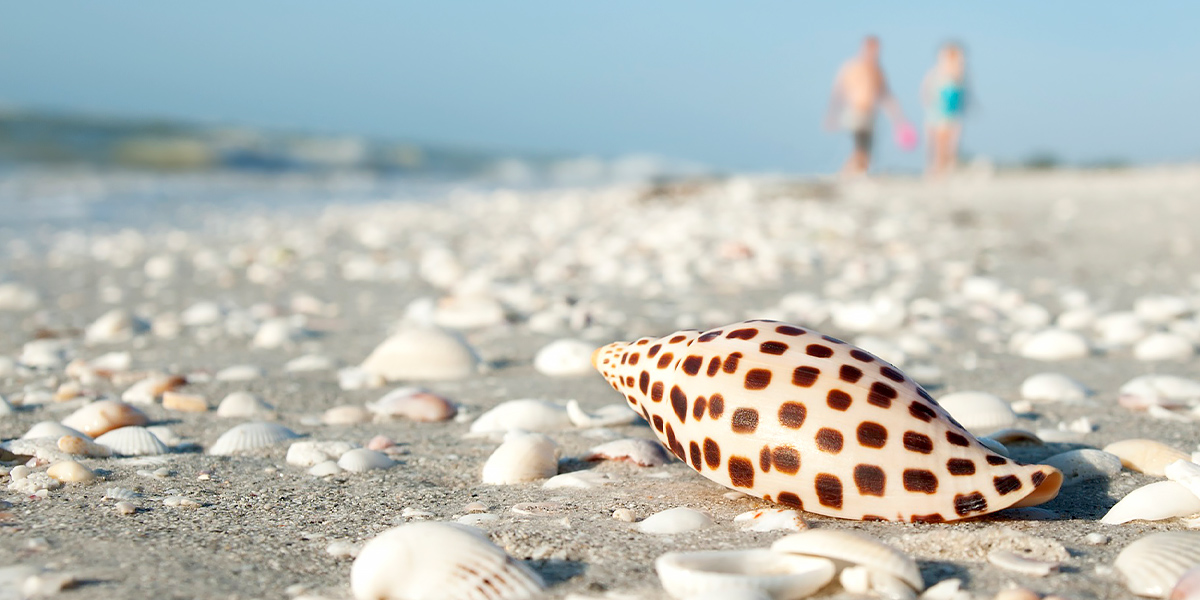
What are the Rarest Shells in Southwest Florida?
Southwest Florida’s beaches aren’t just havens for sunbathing and swimming. They’re the best beaches in Florida for shell collectors. From common beauties to highly coveted rarities, the warm waters and diverse habitats create a shelling paradise.
Junonia
This exquisite shell is the holy grail for many shell collectors. It has an off-white, oblong shape adorned with brown spots that resemble watercolor paintings. Junonia shells are rarely found whole, making a complete specimen even more treasured.
Lace Murex
This spiny murex shell has a slender, elongated body with a flared lip. Its intricate network of spines and projections gives it a lace-like appearance, hence its name. The Lace Murex lives in deep waters and is rarely washed ashore, especially with well-defined spines.
Scotch Bonnet
This helmet shell gets its name from resembling a Scottish tam o’ shanter hat. The Scotch Bonnet has a wrinkled, reddish-brown surface with a distinctive white band around its middle. Like the Junonia, finding a whole Scotch Bonnet shell is uncommon.
Alphabet Cone
This colorful cone shell has a unique pattern of raised spiral lines that some find resemble lettering, hence the name. Alphabet cones are not usually found on the Gulf Coast but can sometimes be found after storms. Be cautious when handling live ones, as some cone shells can deliver a nasty sting.
Wentletrap
These fascinating snail shells are also known as “staircase shells” or “ladder shells” because of their spiraling whorls resembling a winding staircase. Wentletraps are typically white or cream-colored and have a glossy, porcelain-like finish. They are deep-water dwellers and are rarely found on beaches.
Finding any of these rare shells on your Southwest Florida shelling trip would be a lucky and memorable experience!
What Should I Do with My Shells?
After you’ve spent hours searching for the perfect seashells, why not do something to display them? You can gently place them in jars and bowls and place them around your home or use them as crafts to make:
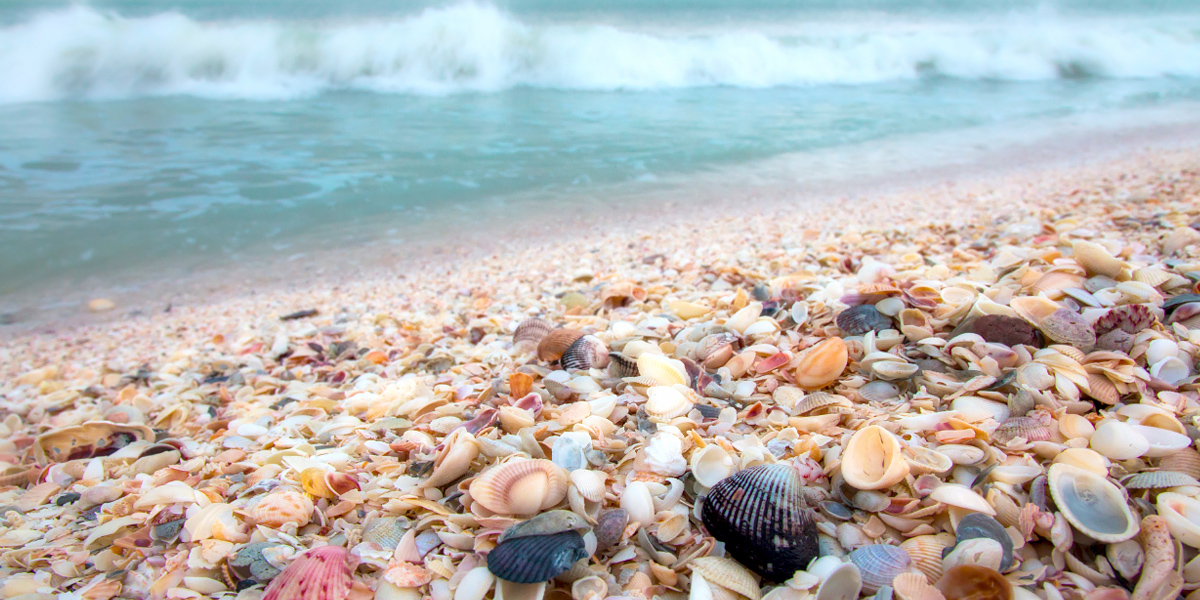
Royal Shell Rentals near the Best Shelling Beaches
If you want to answer the question, ‘What is Shelling?’ for yourself, Royal Shell has rentals throughout Sanibel and Captiva Islands, including beachfront.
Browse our rental homes on our website or call our Vacation Planning Advisors at (866) 341-7799. Helping you plan your dream vacation is what we love doing the most! And let us know what unique shell treasures you find by posting a picture on our Facebook page!




